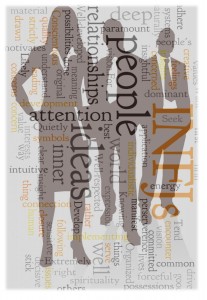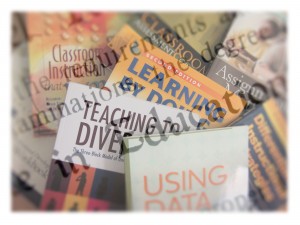 Until schools moved toward a more sophisticated approach to learning the “3 R’s” of reading, ‘riting and ‘rithmatic served as an apt descriptor of school based learning. The original triumvirate is generally considered to be outdated, if not irrelevant in this day and age. Yet the urge persists to retain a modified and modernized version of the “3 R’s”.
Until schools moved toward a more sophisticated approach to learning the “3 R’s” of reading, ‘riting and ‘rithmatic served as an apt descriptor of school based learning. The original triumvirate is generally considered to be outdated, if not irrelevant in this day and age. Yet the urge persists to retain a modified and modernized version of the “3 R’s”.
One suggestion is that rigor, relevance and relationships effectively capture the essence of the 21st century schools movement. “Renew, Refocus, and Rebuild” describes the process of redefining the focus of public education. An activity in which most school districts appear to be engaged to one degree or another, these words are less descriptive of daily learning and more about the preliminary steps of contemplating just what public education should look like in the first place. Or perhaps the new “3 R’s” are resiliencey, renewal, and reflection. While these are meant to be examined in the context of educator wellness, there are system wide lessons to be learned as well. What students would not reap benefits from a learning organization that built its foundation on such principles?
The most important “R” of all:
Is there any single “R” that is most important – one that without exception must be included in any summary of the essential components of education? I maintain that there is: reflection.
We live in a connected world. Advancements in communication technology have resulted in corresponding expectations for us to operate immediate-response mode. Contrast reflection with reactivity. How often has it occurred that someone has thoughtlessly, with subsequent regret, reacted to an email message or social media post in an inappropriate way? Social media outlets recognize this trend. Perhaps in response to the impetuous nature of a significant portion of its clientele, Facebook is now experimenting with ways to provide a wider range of reactive responses for its users.
In the face of all this, we must not lose sight of the importance of reflection and thoughtful response. A recent movement to promote mindfulness is both timely and encouraging. It is also a hardly surprising and perhaps predictable response to the expectation for 24/7 connectedness.
 Learning to reflect, reflecting to learn:
Learning to reflect, reflecting to learn:
Some individuals are naturally reflective, others less so. The ability to engage in purposeful reflection can be taught however. It is a meta skill that involves elements of critical thinking, active listening, empathy and self awareness. While schools focus on the development of these skills in varying contexts, rarely are they intentionally merged with a view to developing the capacity to know how and when to stop, think, and decide.
It is doubtful that there is anyone that would fail to benefit from purposeful reflection. Sadly, organizations focused on growth, results and achievement typically only engage in such activities in a largely superficial fashion. Until pausing to think is equated with moving forward, we face the enduring perception that progress only occurs when we are on board with the latest “big thing”, and will continue to feel obliged to react accordingly.
Time for reflection is far from time spent idle.








